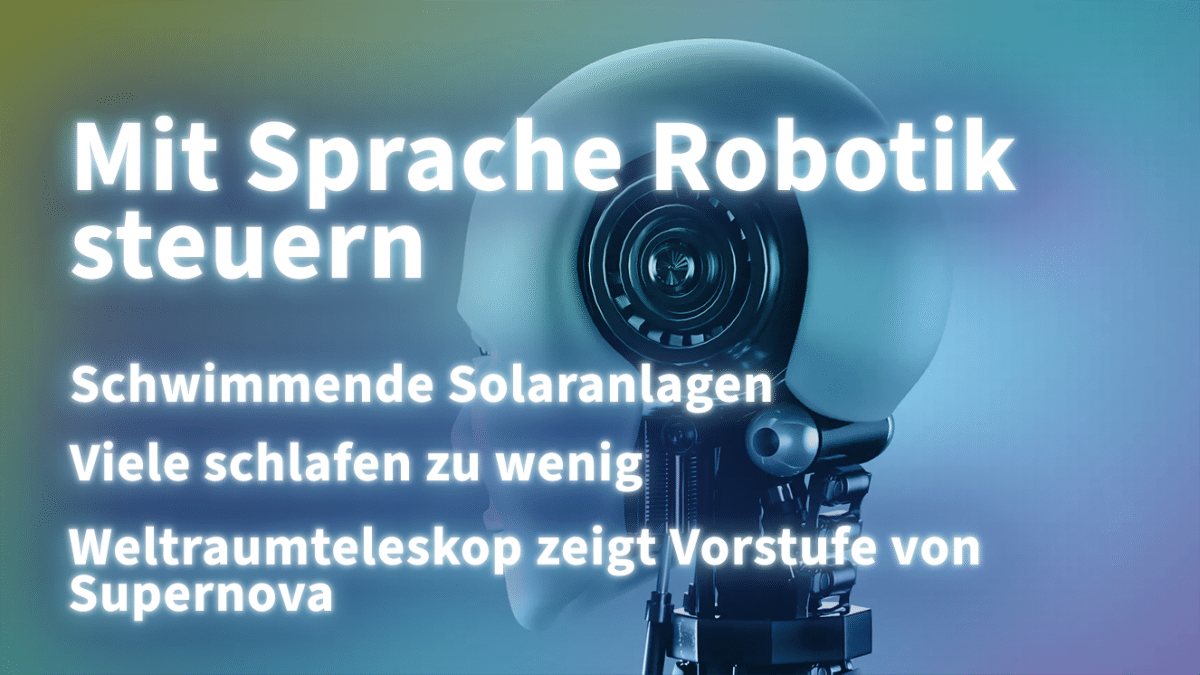Four Interesting Science Stories You Need to Know About
Robotic Control Using Speech
Scientists from Google Robotics and the Technical University of Berlin have developed a new model called PaLM-E that allows visually-impaired robots to be controlled through voice commands. The model is trained to recognize and take commands and then forwards them to the robot components. An application example using PaLM-E involved commanding a white platform equipped with a gripper and a camera to move through a room towards a drawer to pick up a pack of rice chips placed on a table, and then bringing them to the table. Google says that all navigation instructions should come from the language model itself, which could significantly improve the functionality of robots.
Floating Solar Systems
According to a recent study by the Southern University of Science and Technology in Shenzhen, China, most of the world’s energy requirements could be covered by photovoltaic systems installed on existing water reservoirs. The study found that thousands of municipalities and more than 150 metropolises could even use it to cover their entire electricity needs. Floating photovoltaic power plants are not new, but only a few have been installed so far, most of them in China. According to the analysis, by far, the USA has the greatest potential for this type of power generation.
Sleep Study
A recent study conducted by Boston’s Brigham and Women’s Hospital, in association with Apple, has found that a majority of people do not get enough sleep. As part of the study, 42,000 Apple Watch owners recorded 2.9 million nights via their computer watch’s sleep tracking function. The results showed that there is a significant sleep deficit across all subjects as the average sleep duration is only six hours and 27 minutes. This shows that people need to consider getting enough restful sleep to maintain good health.
Supernova Precursor Telescopic Image
The James Webb Space Telescope has imaged a massive star undergoing the final phase before the final supernova. This image shows the so-called Wolf-Rayet star amidst gas and dust materials that are glowing in infrared light. This material is of particular interest to astronomers because it could help answer the question of why there is more dust in the universe than can be explained by previous theories. Observation of stars at this stage in their evolution is relatively rare, making the study even more valuable, and the telescope usage significant.


